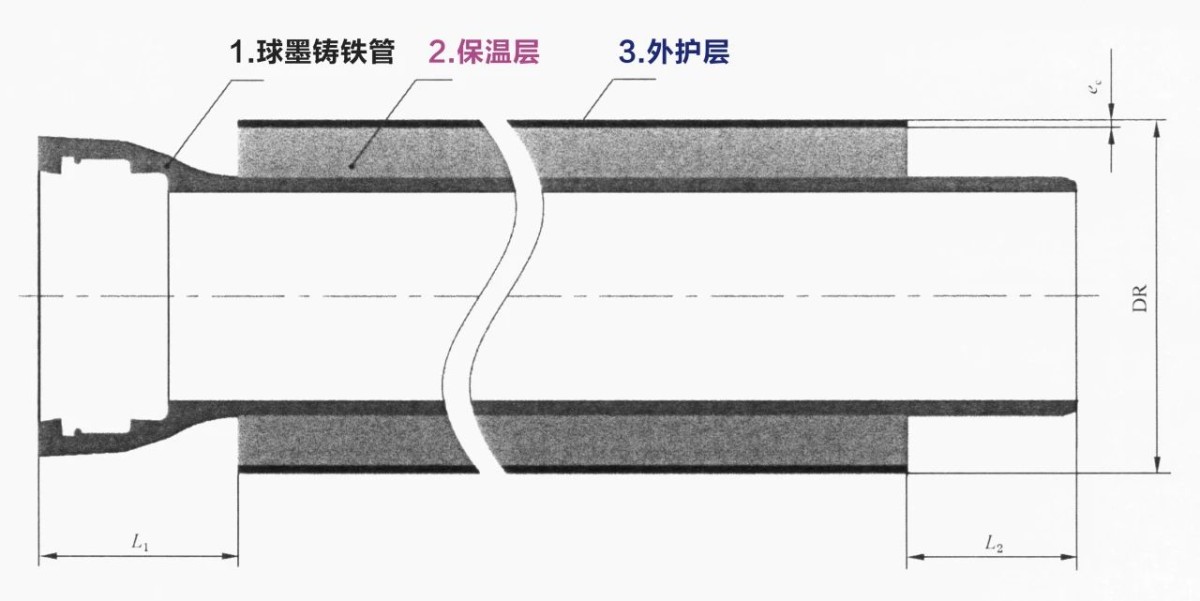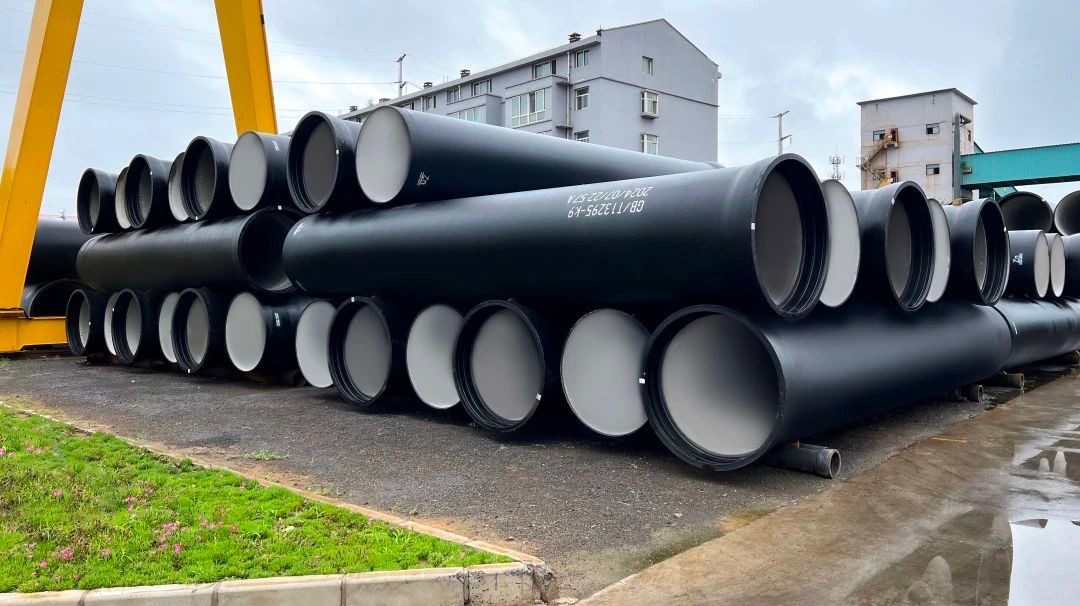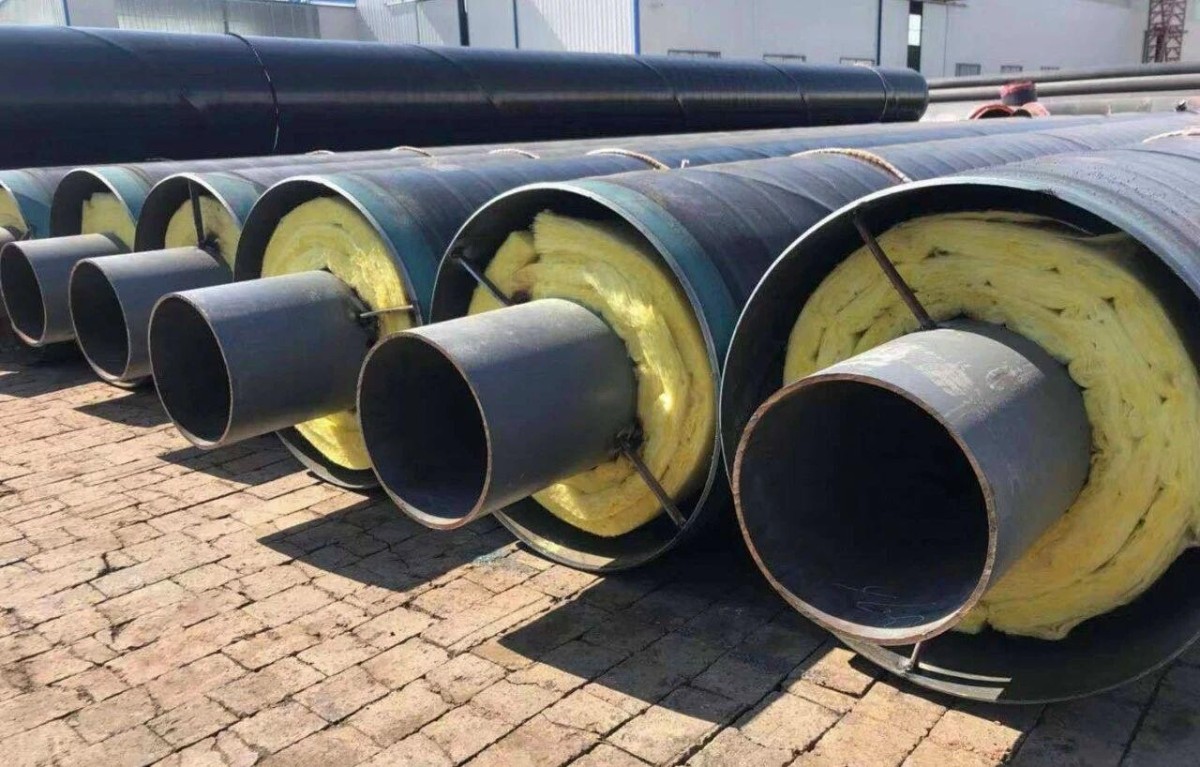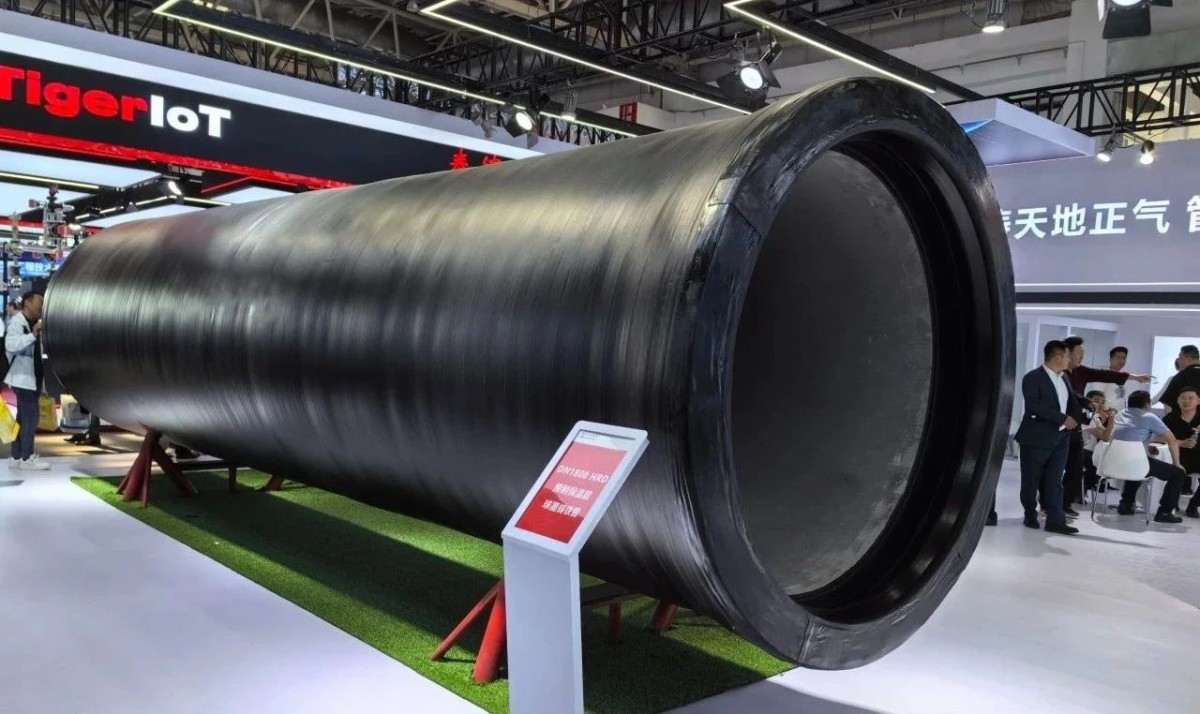NEWS

Ductile iron pipes, as a new type of pipe material in the heating industry, have gained significant attention due to their excellent corrosion resistance, joint safety, ease of construction, self-compensating joints, and operational cost advantages. This article will provide a detailed analysis of the feasibility and advantages of ductile iron heating pipelines from various dimensions.
Insulated Pipe Structure: An integrated structure with the working pipe (ductile iron pipe), insulation layer, and outer protective layer tightly combined.
▶ Working Pipe:
The specifications for heating ductile iron pipes range from DN100 to DN1600, conforming to the GB/T13295 national standard.
▶ Insulation Layer:
Made of rigid polyurethane foam.
▶ Outer Protective Layer:
Made of high-density polyethylene (HDPE) or metal sheets.

I. Feasibility of Ductile Iron Pipes in Heating Pipelines:
01. High-Temperature Resistance
Ductile iron pipes can withstand high temperatures. With the insulation layer and outer protective layer, they can handle a maximum heat transfer water temperature of 130°C, which meets the requirements of municipal heating systems.
02. Excellent Corrosion Resistance
The internal corrosion protection of ductile iron pipes is achieved through centrifugally applied aluminum silicate cement mortar, while the external surface is coated with a zinc layer that meets the GB/T 17456.1 standard. The outer protective layer serves to protect the insulation layer, working pipe, and fittings from water, moisture, and mechanical damage.
03. Easy Installation and Maintenance
The socket-joint connection method eliminates the need for welding during installation, making construction more convenient. The joints are sealed with rubber seals to ensure the pipe's tightness and reliability, reducing maintenance costs.

II. Comprehensive Comparison of the Performance of Ductile Iron Pipes and Steel Pipes:
01. Limitations of Steel Pipes
Currently, steel pipes are commonly used in heating pipeline projects in China. Carbon steel pipes have poor corrosion resistance, and their theoretical lifespan is 30 years. The welded rigid joints lack flexibility, making them unable to adapt to foundation settlement. This causes pipeline distortion and misalignment, with the joints and compensation positions becoming weak points in the pipeline network, which can easily lead to water leaks.
02. Core Advantages of Ductile Iron Heating Pipes
Excellent Corrosion Resistance:
Ductile iron pipes have superior corrosion resistance, and their theoretical lifespan can exceed 50 years.
Easy Installation:
The socket-joint connection eliminates the need for welding, making construction easy and installation speed fast. It is less affected by environmental factors, achieving 5-10 times the installation speed of steel pipes.
Self-Compensating Joints:
Ductile iron pipes naturally compensate for axial thermal expansion. The installation gap between the pipe and the socket allows for the accommodation of thermal expansion caused by temperature changes in the heating pipeline.
Adaptability to Settlement:
Ductile iron pipes have strong adaptability to foundation settlement. The socket-joint flexible connection can achieve a certain deflection angle, allowing it to adapt to foundation settlement (misalignment and distortion). This is particularly significant for reducing the failure probability of heating pipelines for public welfare.
Low Cost:
Ductile iron pipes have a lower overall cost, with installation costs around 1/3 of steel pipes. Civil construction costs are also reduced, making the total construction cost lower than that of steel pipes.



